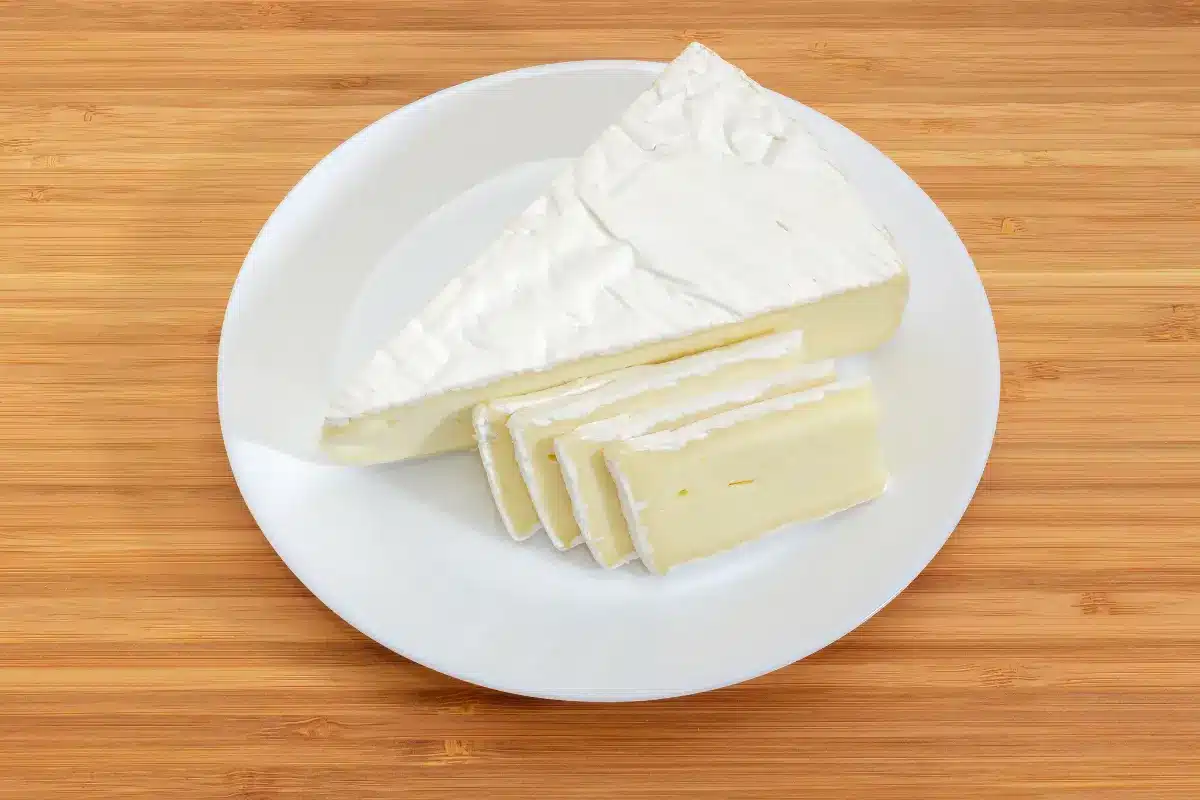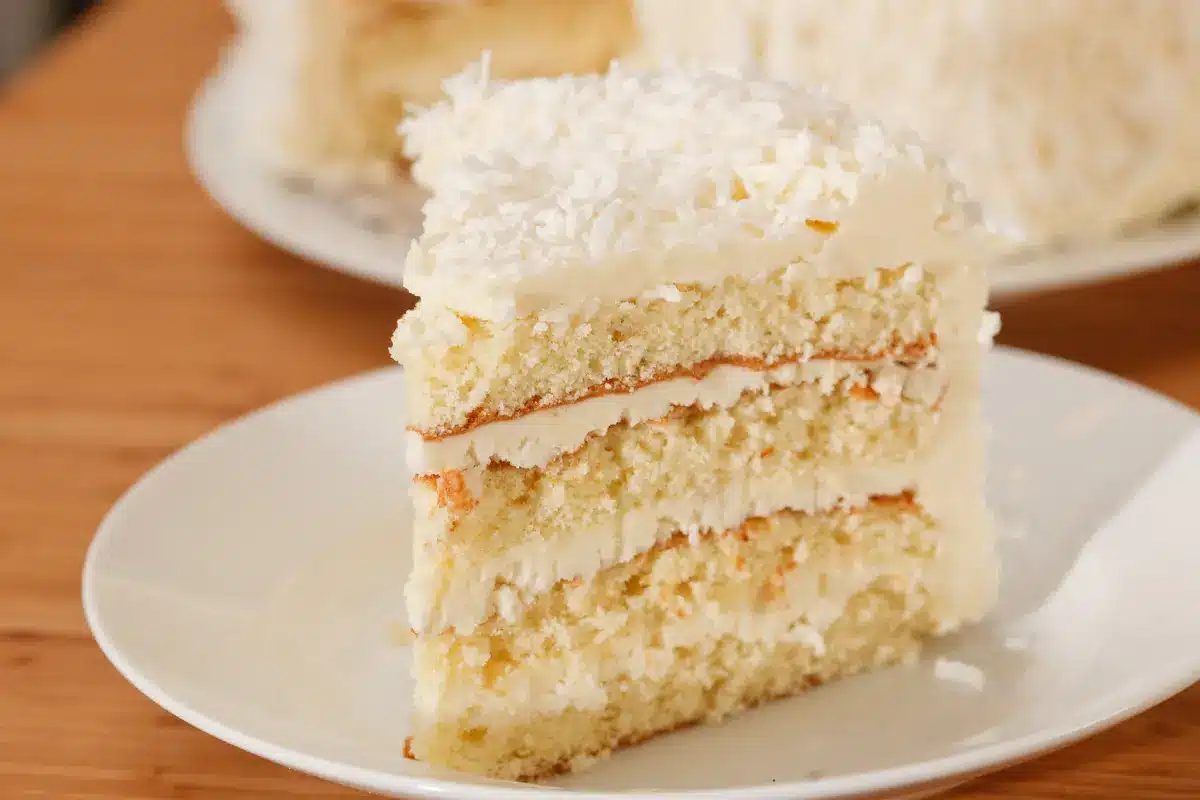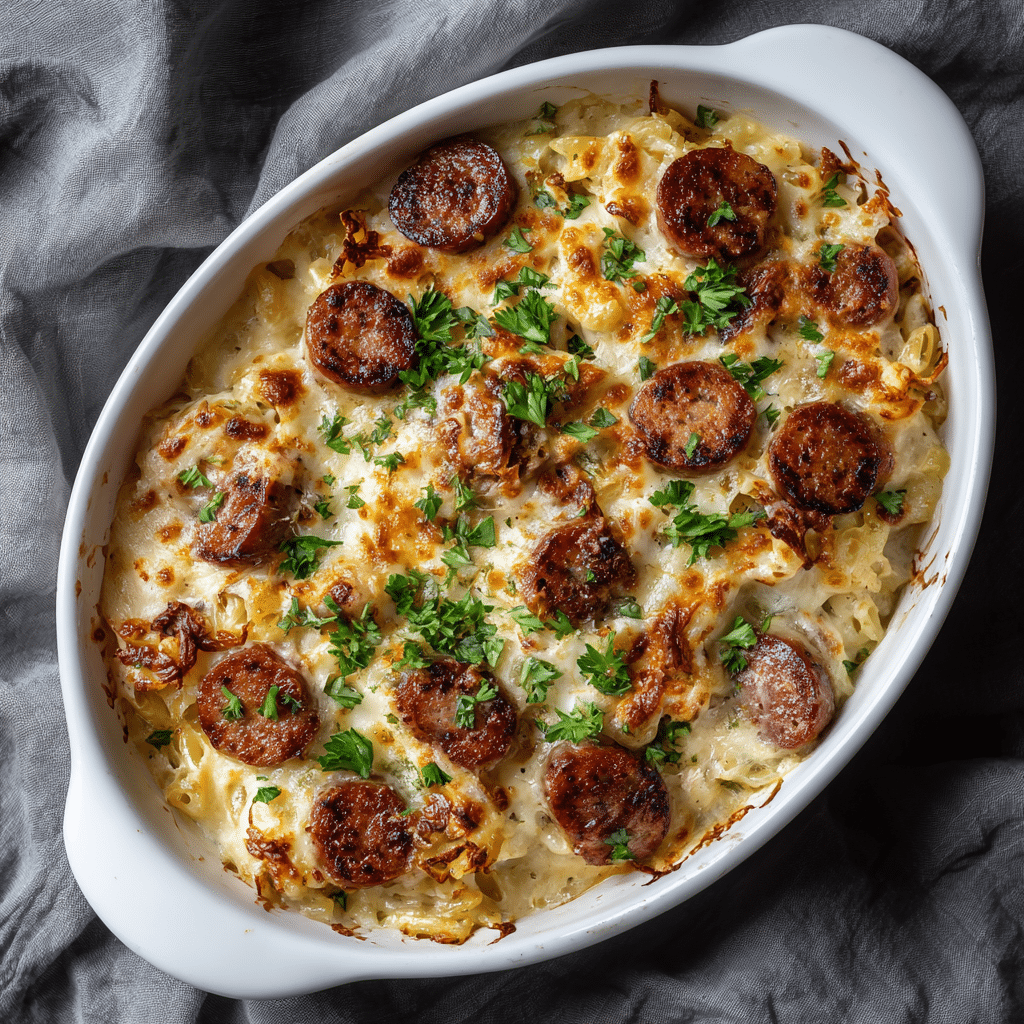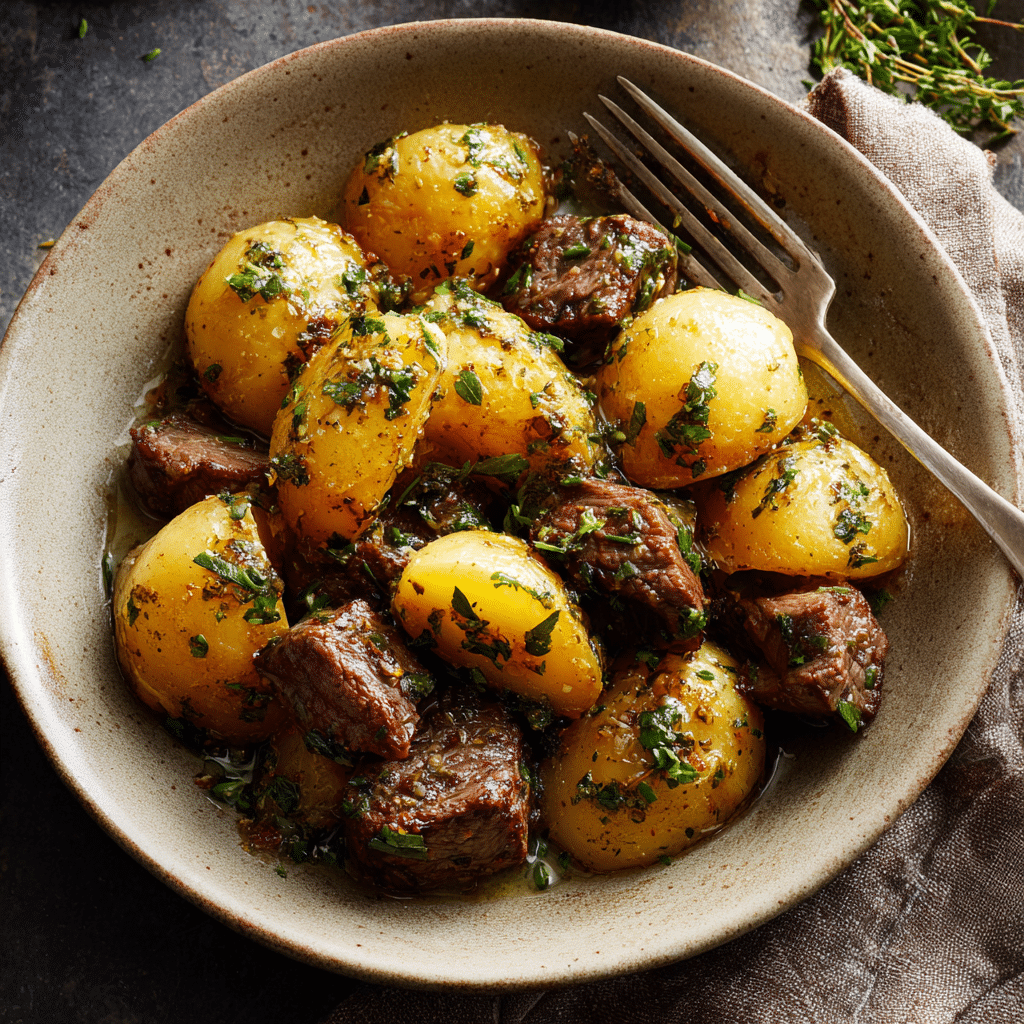In the world of desserts, few treats evoke as much nostalgia and warmth as the beloved coconut cake recipe. A marvel of fluffy layers, creamy frosting, and the tropical hint of coconut, this cake stands as a testament to the joy of baking and sharing. In this comprehensive guide, we’ll embark on a culinary journey through the art of creating the perfect coconut cake, from selecting the right ingredients to mastering the baking process, all the way to the finishing touches that make this cake a crowd-pleaser. Whether you’re a seasoned baker or a newcomer eager to dive into the world of baking, this article promises to equip you with all the knowledge you need to bake the ultimate coconut cake. So, grab your spatula, preheat your oven, and let’s get baking!
The Popularity of Coconut Cake
There’s something undeniably special about coconut cake that makes it a favorite across generations. Its delicate balance of sweetness, paired with the lushness of coconut, creates a symphony of flavors that’s hard to resist. This cake isn’t just a dessert; it’s a celebration on a plate, perfect for holidays, birthdays, and those “just because” moments when only a slice of cake will do.
What Makes the Perfect Coconut Cake?
Ah, the quest for the perfect coconut cake – it’s a journey filled with the aroma of toasted coconut, the richness of creamy frosting, and the joy of that first delectable bite. But what really makes a coconut cake stand out? Is it the fluffiness of the sponge, the sweetness of the frosting, or the intensity of the coconut flavor? Well, it’s all of the above and then some. Crafting the perfect coconut cake is about harmonizing these elements to create a dessert that’s memorable, delightful, and downright delicious.
In the following sections, we’ll dive deep into the secrets of creating a coconut cake that’s bound to impress. From the choice of ingredients to the intricacies of mixing and baking, every step is a building block towards achieving coconut cake perfection. So, let’s roll up our sleeves and begin this sweet adventure, shall we?
Choosing the Right Ingredients
Selecting the right ingredients is akin to gathering the perfect cast for a play; each component plays a pivotal role in the final masterpiece. For a coconut cake recipe that sings with flavor and whispers tales of texture, here’s a rundown of the star players and their quantities:
- Flour Types and Their Impact
- All-Purpose Flour: 2 cups
- Cake Flour: 1 cup
- The Role of Coconut: Milk, Cream, and Flakes
- Coconut Milk: 1 cup
- Coconut Cream: ½ cup
- Shredded Coconut: 1 cup
- Choosing the Right Sugar
- Granulated Sugar: 1 cup (for the cake)
- Powdered Sugar: 3 cups (for a smooth frosting)
- Eggs: Whole vs. Separates
- Whole Eggs: 3 (for richness)
- Egg Whites: 4 (for a lighter, fluffier cake)
- Fats in Baking: Butter, Oil, and Their Mixes
- Unsalted Butter: 1 cup
- Vegetable Oil: ¼ cup
- The Secret Ingredient: Sour Cream and Buttermilk
- Sour Cream: ½ cup
- Buttermilk: ½ cup
Now, why does each choice matter? Flour, for instance, is the backbone of our cake. A mix of all-purpose and cake flours gives us the best of both worlds: structure and tenderness. Then there’s the coconut trio—milk, cream, and flakes—each adding layers of flavor and texture that make this cake unmistakably coconut.
Sugar, in its forms, sweetens the deal, with granulated sugar providing the perfect sweetness to the cake and powdered sugar lending silkiness to the frosting. Eggs, both whole and separated, contribute richness and airiness, ensuring our cake rises to the occasion.
Fats like butter and oil are the secret to that melt-in-your-mouth feel, while sour cream and buttermilk introduce moisture and a fine balance between tenderness and tang. Together, these ingredients form a symphony, a delicate dance of flavors and textures that culminate in the perfect coconut cake recipe.
In the next section, we’ll take these carefully chosen ingredients and step into the realm of mixing and baking, where the magic truly begins to unfold. Stay tuned as we unlock the secrets to blending, baking, and beholding the beauty of coconut cake recipe mastery.
Step-by-Step Coconut Cake Recipe
Embarking on the baking journey of our coconut cake recipe, the steps we follow are as crucial as the ingredients we’ve gathered. Let’s dive into the methodology that transforms our high-quality components into a masterpiece of flavors and textures.
Preparing Your Ingredients
Before we even preheat the oven, let’s ensure all our ingredients are at room temperature. This small step is a giant leap towards a perfectly textured cake. Why, you ask? Because ingredients like eggs, butter, and dairy blend more seamlessly when they’re not too cold, leading to a smoother batter and, subsequently, a more evenly baked cake.
Mixing Methods: To Cream or Not to Cream
- Starting with the Butter and Sugar: Begin by creaming together the softened butter and granulated sugar until the mixture is light and fluffy. This process incorporates air into our batter, promising a cake that’s both light in texture and rich in taste.
- Eggs and Vanilla: Next, add the eggs one at a time, followed by a generous splash of vanilla extract. These contribute to the richness of the cake and infuse it with a baseline of flavor that complements the coconut.
- Dry Ingredients: Sift together the all-purpose and cake flours, baking powder, and a pinch of salt. Sifting not only ensures there are no lumps but also aerates the flour, contributing to a lighter cake texture.
- Alternate with Wet Ingredients: Alternating between the dry ingredients and the mixture of coconut milk and buttermilk ensures that everything combines without overmixing. Add half of the dry ingredients, followed by the liquid, then the remaining dry ingredients. A few streaks of flour are perfectly fine at this stage.
Baking to Perfection: Temperature and Timing
Preheat your oven to 350°F (175°C). Pour the batter into two greased and floured 8-inch cake pans, smoothing the tops with a spatula. Baking in the center of the oven ensures even heat distribution, preventing the dreaded dome effect or, worse, an undercooked center.
Bake for 25-30 minutes, or until a toothpick inserted into the center comes out clean. The golden rule here is to avoid opening the oven door too often. Patience is key—let the magic happen undisturbed.
Letting Your Cake Cool: Tips and Tricks
Once baked, let the cakes cool in their pans for about 10 minutes. This allows them to set and makes them easier to remove. Then, transfer to a wire rack to cool completely. Rushing this process could lead to a cake that breaks apart, so let time be on your side.
As our cakes cool and whisper tales of sweetness and softness, we prepare to elevate them with the perfect frosting—a creamy, dreamy concoction that will wrap our cakes in a hug of coconut goodness. In the next part, we’ll explore frosting options and decoration ideas that not only add to the visual appeal of our coconut cake but also enhance its flavors and textures. Stay tuned, as the best is yet to come!
Frosting and Decoration
With our coconut cake recipe layers cooled and ready, the next stage in our baking odyssey is to lavish them with frosting and adornments that are as delightful to the eye as they are to the palate. The frosting not only acts as the glue holding our layers together but also as a canvas for our decorative creativity.
Frosting Options: Cream Cheese vs. Buttercream
- Cream Cheese Frosting: For a tang that beautifully cuts through the sweetness, cream cheese frosting is a match made in heaven for coconut cake recipe. Whip together cream cheese, butter, powdered sugar, and a dash of coconut cream until you achieve a silky consistency. This frosting not only spreads like a dream but also introduces a subtle complexity to the cake’s flavor profile.
- Buttercream Frosting: If you’re after a lighter, fluffier option, buttercream is your go-to. Cream unsalted butter until it’s pale, then gradually add powdered sugar and a splash of coconut milk. The key here is to beat the frosting until it’s as light as a cloud, ensuring it’s both easy to spread and deliciously smooth.
Adding Flavors: Extracts and Zests
Infusing your frosting with coconut extract can amplify the tropical essence of your cake, enveloping each bite in coconut bliss. If you’re feeling adventurous, a bit of lime zest mixed into the frosting can introduce a zesty sparkle that dances beautifully with the coconut’s sweetness.
Decoration Ideas: Toasted Coconut and Edible Flowers
- Toasted Coconut: Sprinkling toasted coconut flakes around the top and sides of the cake not only adds a crunch but also intensifies the coconut flavor. For a golden hue and nutty taste, spread your coconut flakes on a baking sheet and toast them in the oven at 350°F (175°C) for about 5-10 minutes, or until they’re golden brown. Keep an eye on them, as they can go from toasted to burnt quite quickly!
- Edible Flowers: For a cake that’s as stunning as it is scrumptious, consider adorning it with edible flowers. Not only do they add a splash of color, but they also bring a hint of elegance and whimsy. Make sure the flowers you choose are indeed edible and haven’t been treated with any chemicals.
Once your cake is frosted and decorated, it’s ready to take center stage at any gathering. But remember, the true beauty of a coconut cake lies not just in its appearance or even taste but in the joy and love baked into every layer. As we move forward, we’ll tackle some of the most commonly asked questions about coconut cake, ensuring that your baking adventure is as smooth and enjoyable as your final creation.
Frequently Asked Questions
Navigating through the art of baking coconut cake recipe can stir up a whirlwind of questions. Whether you’re pondering over how to keep your cake as moist as a tropical breeze or curious about the perfect timing for preparation, these FAQs are your beacon in the baking process.
How to Store Coconut Cake?
Q: What’s the best way to keep my coconut cake recipe fresh and moist after baking?
A: To maintain its divine moistness, store the coconut cake in an airtight container. If frosted, it’s best kept in the fridge due to the cream cheese or buttercream frosting. However, let it sit at room temperature for about an hour before serving to ensure the flavors really come through. Unfrosted layers can be wrapped in plastic wrap and stored in the fridge for a few days or frozen for longer storage.
Can Coconut Cake be Made in Advance?
Q: I’m planning a big party. Can I bake my coconut cake ahead of time?
A: Absolutely! Baking your cake layers in advance is a smart move. Once cooled, wrap them tightly in plastic wrap and pop them in the freezer. They can be frozen for up to a month without losing their texture or flavor. Simply thaw them overnight in the fridge before you’re ready to frost and assemble. This not only saves you time on the day of your event but can also enhance the cake’s flavor and moistness.
Tips for a Fluffier Coconut Cake?
Q: How can I ensure my coconut cake comes out light and fluffy every time?
A: The key to a fluffier coconut cake lies in several factors:
- Proper Mixing: Overmixing can lead to a dense cake. Mix until just combined to keep the batter light.
- Room Temperature Ingredients: Ingredients blend more smoothly at room temperature, incorporating air into the batter for a lighter texture.
- Sifting Dry Ingredients: This adds air and ensures even mixing, contributing to a finer crumb.
- Egg Whites: Consider whipping the egg whites separately until soft peaks form, then gently folding them into the batter. This can add lift and lightness to your cake.
With these tips and tricks under your belt, your coconut cake is poised to be the highlight of any dining table, a testament to your baking prowess and a treat for the taste buds of your lucky guests. Up next, we’ll dive into enhancing your article with LSI and NLP keywords to ensure your culinary masterpiece reaches as many eager bakers as possible. Stay tuned for a deep dive into the world of SEO-friendly baking content.
Toasted Coconut







